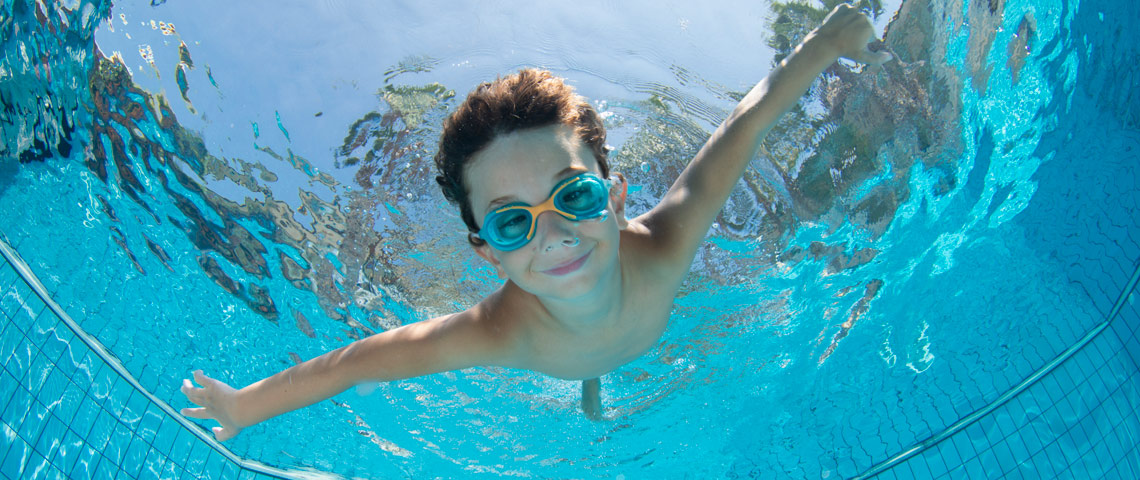Balancing Your Pool’s Chemistry: Step-by-Step
It’s important to adjust your chemicals in the right order for the best results:
Alkalinity First: This acts as a buffer, keeping your pH stable. Aim for 80-120 ppm.
- To raise it: Add an alkalinity increaser.
- To lower it: Add a pH decreaser (this will also lower pH, so be careful!).
pH: Once alkalinity is stable, adjust your pH to the ideal range. The ideal range is 7.2-7.8. Too low, and it’s corrosive; too high, and chlorine loses its power.
- To raise it: Add a pH increaser.
- To lower it: Add a pH decreaser.
Sanitizer (Usually Chlorine): Now that your water is balanced, add your sanitizer to keep it clean and safe. This is your germ-fighter! Aim for 1-3 ppm of “free chlorine,” the active kind.
- To raise it: Add chlorine shock or granular chlorine.
- If it’s too high: Let the sun do its work! Sunlight naturally breaks down chlorine. You can also use a chlorine neutralizer in extreme cases, but consult a professional first.
Calcium Hardness: The Final Touch: This refers to the calcium in your water, affecting scaling and corrosion. The ideal range is typically 200-400 ppm.
- To lower it: This is trickier, often involving partial draining and refilling or special chemicals. Consult a professional if needed.
Safety First!
- Always follow the instructions on chemical labels.
- Wear gloves and eye protection.
- Add chemicals to the pool, not the other way around.
- Never mix different chemicals together.
Shock Treatment: Your Pool’s Reset Button
Think of this as a deep clean for your water. Shocking involves adding extra chlorine to kill off any unwanted contaminants. It’s a good idea to do this after heavy use, rain, or when the water looks cloudy. Just follow the instructions on your shock product carefully.
Additional Pool Care Tips
- Algaecide: Your Sunny-Day Ally: Even with balanced water, algae can thrive in our long, hot summers. A copper sulfide-based algaecide is ideal, as it’s effective and won’t stain. Add it weekly as prevention or to combat existing algae.
- Filtration: The Pool’s Circulatory System: Run your filter for at least 8-12 hours a day to keep the water clean. Regular cleaning/backwashing of the filter itself is also key.
- Cleaning: It’s Not Just About Looks: Skimming, brushing, and vacuuming remove debris that disrupts your water chemistry. Make it a regular habit.
Feeling Overwhelmed? We’re Here to Help!
Balancing your pool doesn’t have to be a headache. If you’re struggling or just want peace of mind, Trevi Pools and Spas offers:
- Free water testing: Bring a sample in anytime for expert analysis and advice.
- Professional maintenance: Let us handle the chemistry and upkeep so you can simply enjoy your pool.
Ready for a stress-free pool season? Contact Trevi Pools and Spas today! We’ll help you keep your oasis sparkling, safe, and ready for fun.

